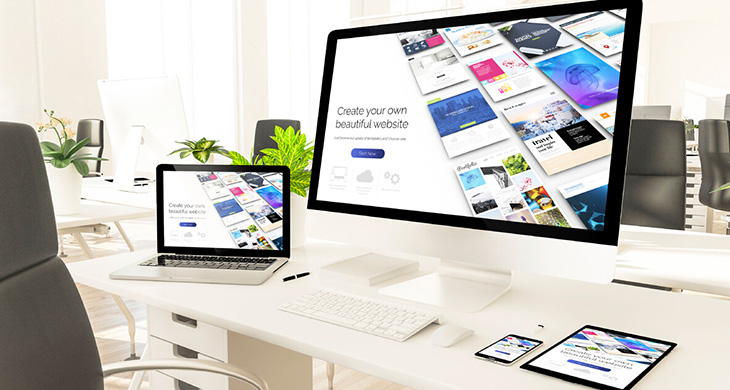As a provider specializing in website development, we frequently encounter mid-sized businesses and solopreneurs who have been struggling to complete their website projects for what seems like an eternity.
While our expertise lies in crafting and developing websites, the purpose of this article is not to promote our services. Instead, we aim to address three critical questions to guide those embarking on the website development journey.
Question 1: What should you consider before starting website design and development?
Before diving into the website development process, it’s crucial to lay a solid foundation. Here are five essential considerations:
- Define Your Goals: Clearly articulate the purpose of your website and your objectives. This clarity will steer the entire development process.
- Conduct Research: Investigate your target audience, analyze competitors, and stay abreast of industry trends. Keep a record of what you like and dislike for reference.
- Plan Your Communication: Visualize your website as a physical storefront. How would you engage with visitors? Document your approach as a creative brief for your website partner.
- Choose the Right Platform: Select a platform or CMS that fits your requirements and technical skill level. If unsure, consult with your website developer.
- Budget and Timeline: Establish a realistic budget and timeline, considering what you aim to accomplish within these parameters.
Question 2: How can you ensure your website flows well?
A well-structured website enhances user experience. Here are five strategies to achieve a seamless flow:
- Structure Your Site: Develop a sitemap and wireframes to ensure a logical and intuitive layout. Seek professional advice if necessary.
- Prioritize User Experience: Make navigation straightforward, include clear calls-to-action, and provide valuable content to users.
- Craft Quality Content: Engage your audience with well-written, informative content tailored to their interests.
- Optimize for Speed: Enhance your site’s loading speed by optimizing images, streamlining code, and utilizing a CDN.
- Regular Updates: Continuously monitor and refresh your website to fix issues, maintain relevance, and adapt to user feedback.
Question 3: What tools can aid your website post-launch?
Several free tools are available to optimize your website’s performance post-launch, we are listing 5 must-haves:
- Google Power Kit: Utilize Google’s suite, including Analytics, Search Console, PageSpeed Insights, Tag Manager, and Google My Business.
- Microsoft Clarity: Gain insights into user behavior with heatmaps and session recordings.
- Answer the Public: Enhance content planning with insights into what your audience is searching for, particularly useful for blog posts.
- Yoast SEO: Optimize your website’s SEO with real-time page analysis.
- Ubersuggest: Improve your site’s SEO ranking and visibility with keyword insights.
Understanding the rapid pace of technological change, your website may need updates or a revamp in a few years. However, it’s imperative to complete the current task efficiently while gathering insights to guide future improvements.
If this seems overwhelming to you, but you feel like your social media efforts are yielding little results, don’t hesitate to reach out.
Remember: Continuous monitoring is crucial to identify and rectify any shortcomings.
I hope you find these insights valuable. If you’re facing challenges, don’t hesitate to reach out for support.
Sharing a glimpse of a project we completed after it was stalled for 2 years.




